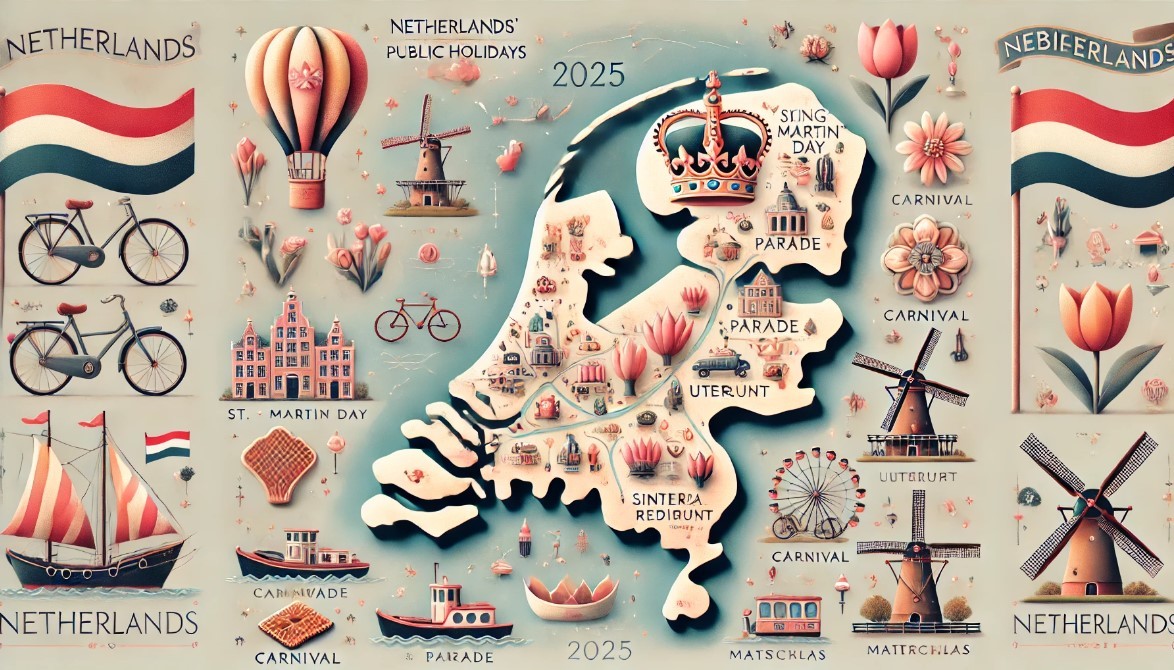What Are The Most Beautiful Castles in Netherlands That You Must Visit
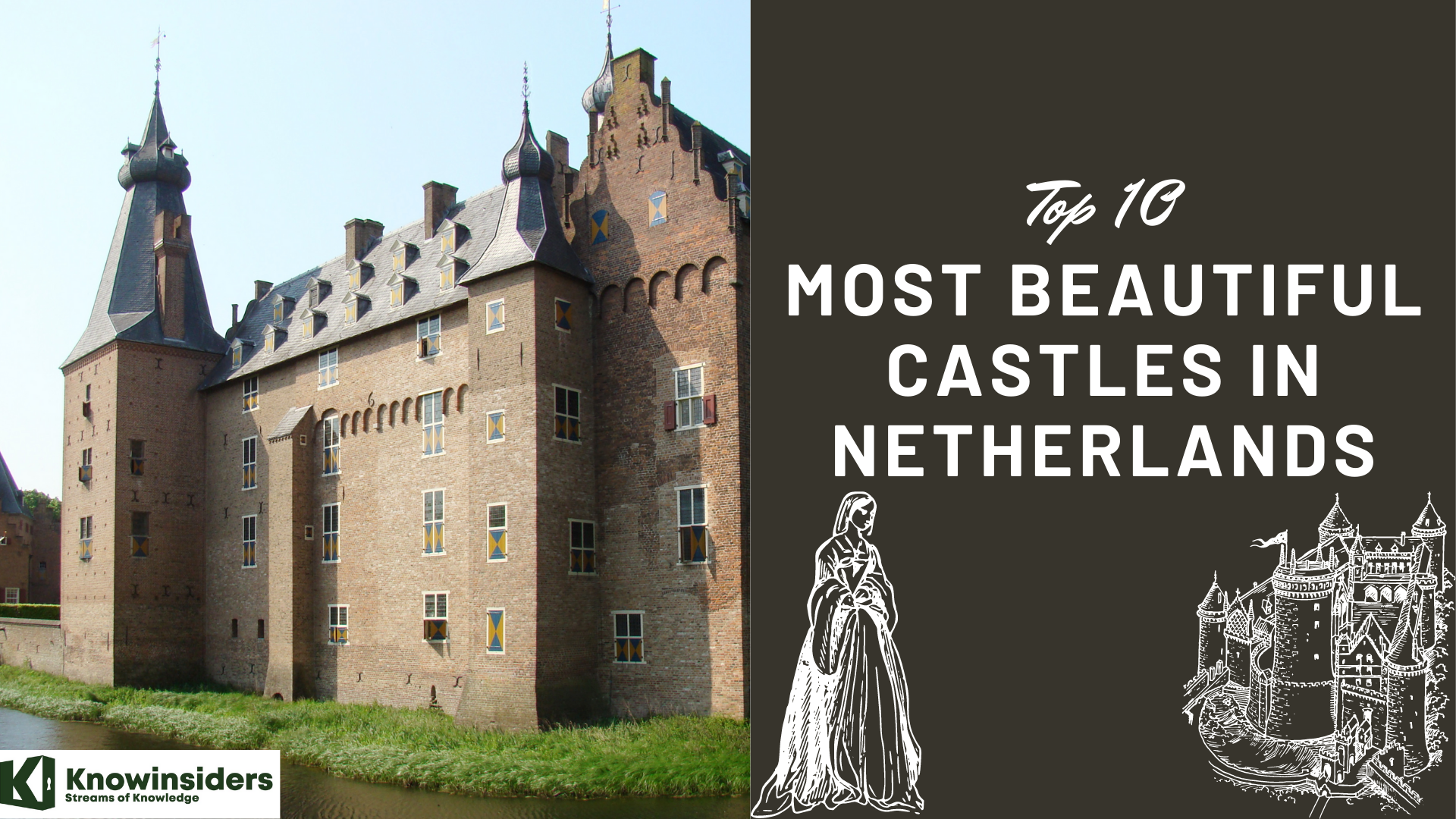 |
| Top 10 most beautiful castles in Netherlands |
| Table of Contents |
A remarkable handful of the Netherlands' medieval castles still stand to tell stories of the past, even though the majority have disappeared over time.
There is always a stunning, majestic castle nearby, many of which are brimming with a rich history and legacy that is just waiting to be discovered. These castles can be found all over the nation.
Throughout history, the Netherlands has been home to some very magnificent castles. Many of these were constructed as defensive buildings in the Middle Ages. With time, these castles' functions shifted, and many of them were converted into cozy residences where the architectural details gained greater significance. These days, tourists flock to these castles to take in the stunning gardens, art collections, and architecture. Now let's look at the top ten stunning castles in the Netherlands.
What are the most beautiful castles in Netherlands?
10. Amerongen Castle
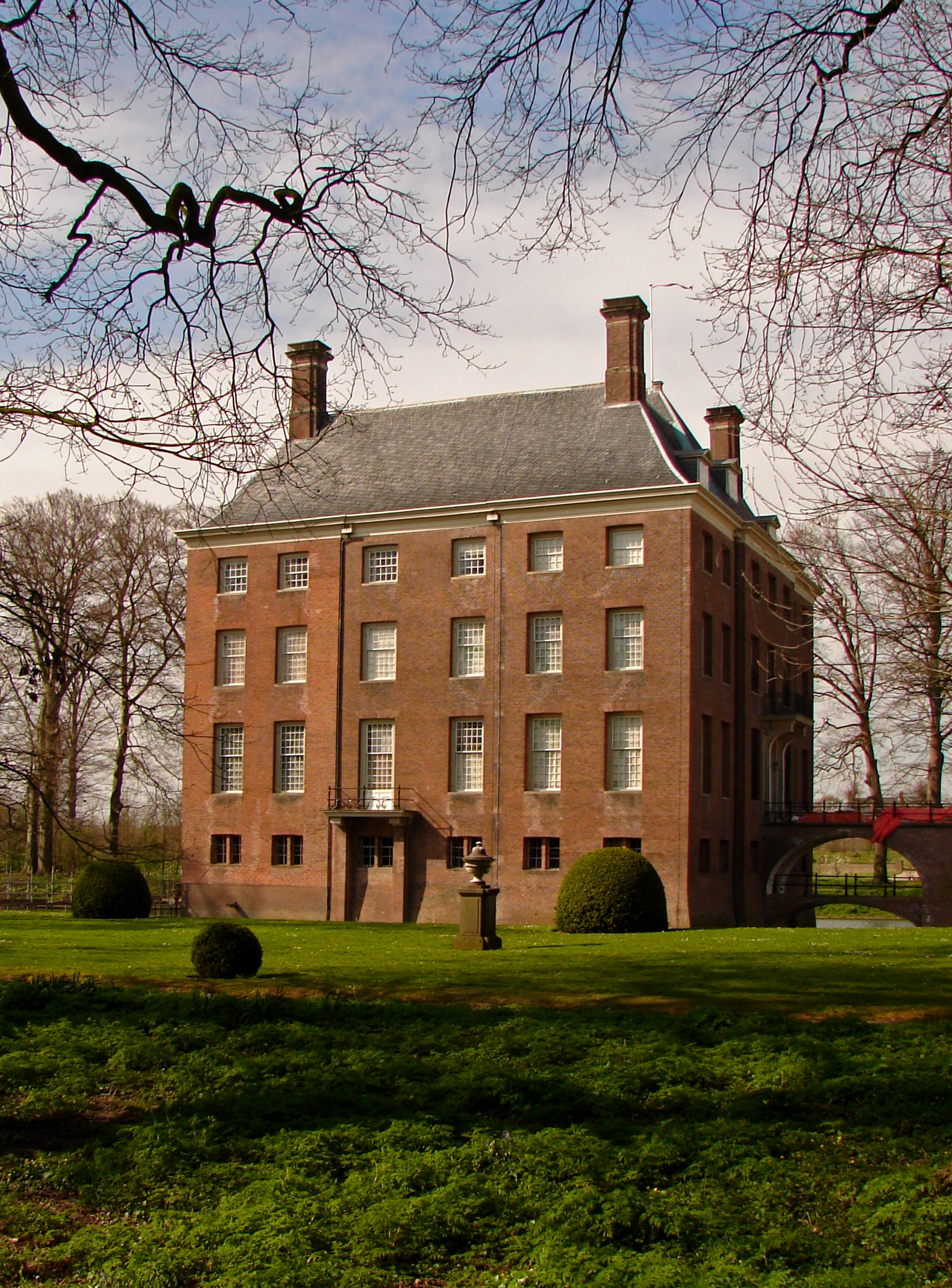 |
| Photo: Wikipedia |
Amerongen Castle is a castle located in Amerongen, Netherlands. It is also known as Kasteel Amerongen, [kɑsteːl amɛrɔϋə(n)] in Dutch. On the site of a medieval castle that had been destroyed by fire in 1673, it was constructed between 1674 and 1680. There are still historical features in the gardens, including an 1890s conservatory. Kaiser Wilhelm II of Germany abdicated here in 1918 and remained until 1920, when he relocated to Huis Doorn.
Maurits Post, an architect, created the current structure as a baroque palace for its owners, Godard Adriaan van Reede and his spouse Margaretha Turnor. Willem van Nimwegen constructed the central staircase in the main hall, which has a painted ceiling. P.J.H. Cuypers added more ornaments early in the 20th century. The walls date back before 1673, and the gardens have historical features. There's a wooden clock tower from 1728 near the entrance bridge from 1678 that houses the original clock from the same year. An orangerie from the 1880s stands in the northeast corner of the gardens; the north wall was raised when Wilhelm II lived there from 1918 to 1920. After stepping down in Amerongen, he relocated to Huis Doorn.
9. Nijenrode Castle
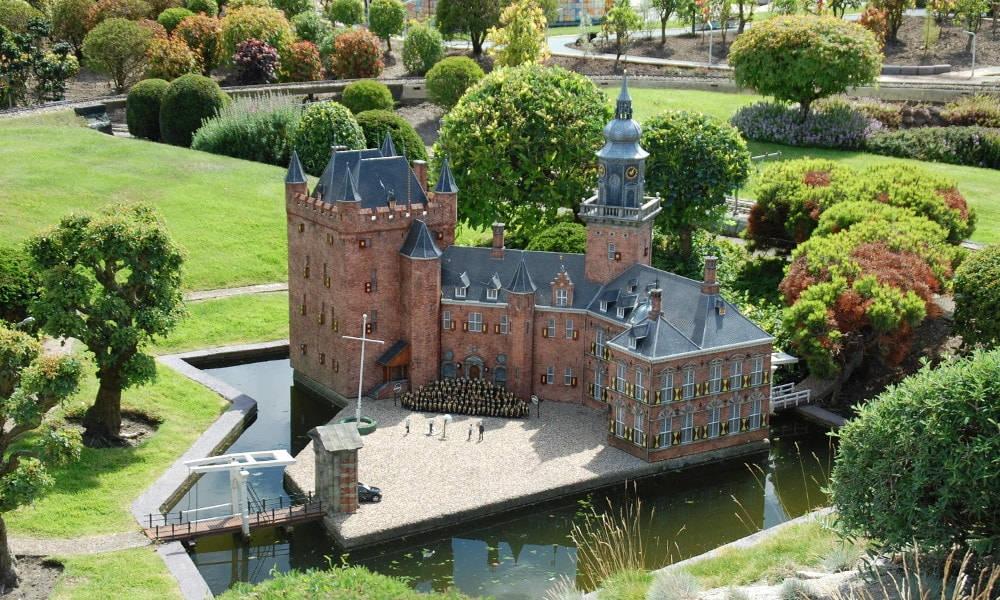 |
| Photo: The World of Castles |
Gerard Splinter van Ruwiel, a knight, laid the initial foundation stones for the Nyenrode castle circa 1260. The castle was built in a well-planned location, in a key spot on the narrowest stretch of the Vecht River bank. The river Vecht lay in a region that the Counts of Holland and the Bishops of Utrecht bitterly contested and was a part of the trade route that connected the town of Utrecht to the Zuiderzee (Dutch South Sea).
The Count of Holland was honored with a castle dedicated by the Lords Nyenrode. The Castle was demolished in the years 1481 and 1511. The Domain of Nyenrode was inherited by the Barons Van den Bongard in 1539. Between 1632 and 1642, Bernard van den Bongard III converted the castle into a castle-manor. He also gave the building a more contemporary look. As a result, the castle was given the typical features of a Dutch Renaissance knightly mansion, including a drawbridge and a home with a form resembling a castle.
The French headquarters were located at Nyenrode in 1672. On September 6, 1673, the French set fire to the castle as the troops of Stadtholder William III, Prince of Orange and later King of England, advanced. After purchasing the Castle in 1675, Johan Ortt fixed the fire's damage. Nyenrode was owned by the Ortt family from 1675 until 1853. They were Amsterdam-based merchants who dealt in corn and cloth. Nyenrode and the Domain Breukelen were purchased by the family for 40,000 Dutch Guilders.
The Castle was owned by two generations of the De Heus industrial family starting in 1853. German coffee merchant Michiel Onnes resided in Nyenrode from 1907 until 1934. He brought the castle and the surrounding park back to the splendor of Van den Bongard's era. The coach house was rebuilt and the gatehouse constructed between 1916 and 1918. On its original foundation, the keep was also entirely rebuilt and elevated one story. The estate was later owned by art dealer Jacques Goudstikker. While escaping for the German occupiers in May 1940, he was killed in an accident.
8. Muider Castle
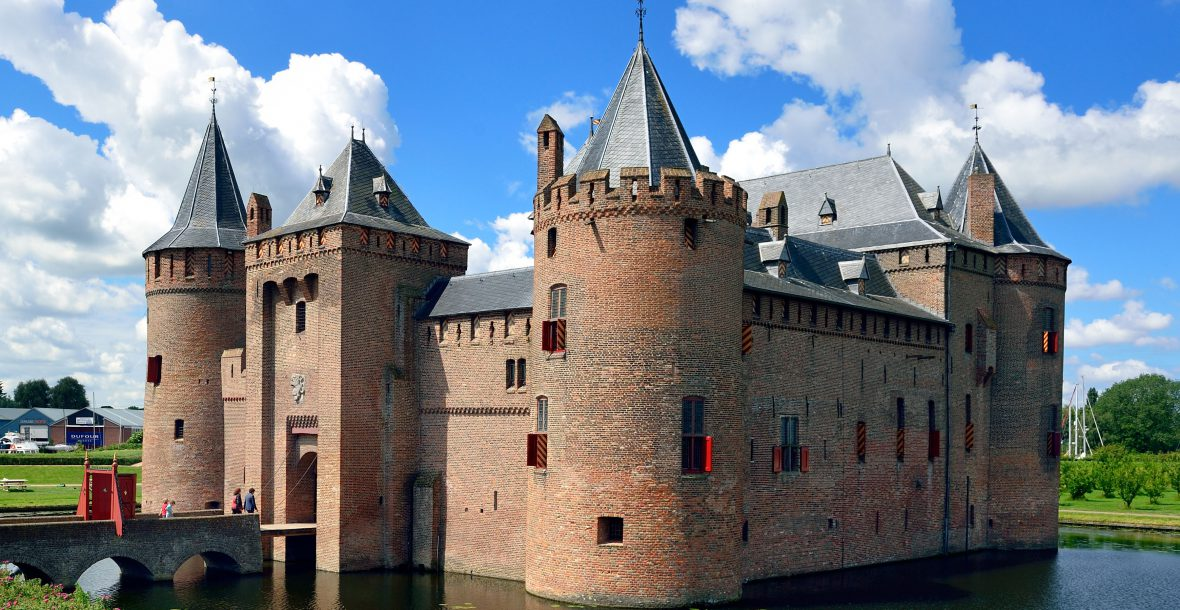 |
| Photo: Amsterdam Tourist Today |
The Netherlands' Muiden Castle is situated at the mouth of the Vecht River, which empties into what was once the Zuiderzee in Muiden, about 15 kilometers southeast of Amsterdam. One of the most well-known castles in the Netherlands, it has appeared in numerous Middle Ages-themed television programs.
The castle was used as a jail at the end of the 18th century before being abandoned and going into disrepair. In 1825, after more neglect, it was put up for sale with the intention of demolishing it. This was only avoided by King William I's intervention. It took an additional seventy years to accumulate sufficient funds to bring the castle back to its previous splendor.
Currently, the Rijksmuseum, a national museum, houses Muiden Castle. A collection of weapons and armor is currently housed in several of the rooms of the castle, which has had its interior, including the kitchens and rooms, restored to resemble those from the 17th century.
7. Hoensbroek Castle
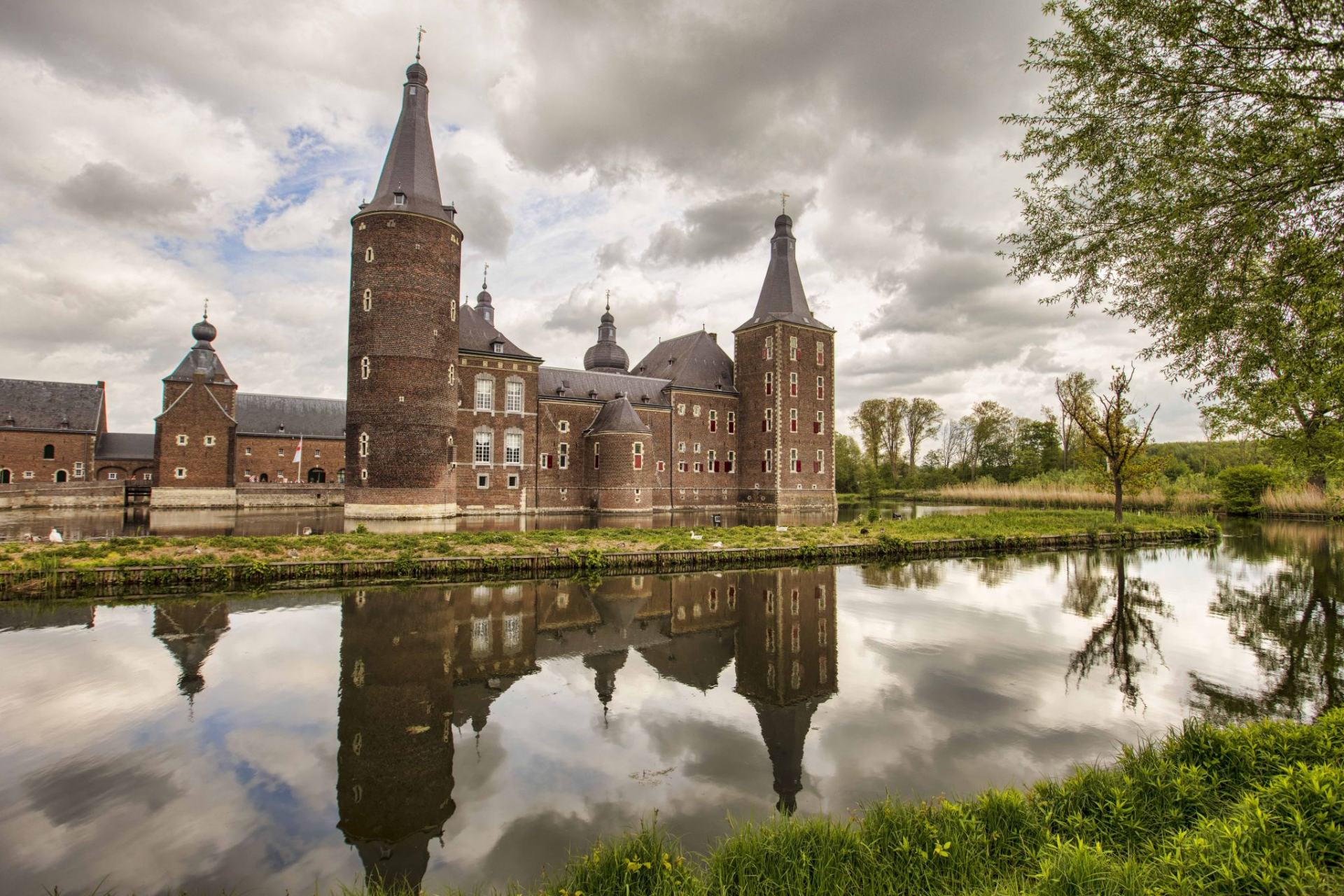 |
| Photo: Locationscout |
One of the biggest and most exquisite castles in the Netherlands is Hoensbroek Castle. With stunning towers, captivating passageways, and a real castle moat to top it all off, this castle is thrilling and reminiscent of a fairytale. The castle's oldest section was built around 1250. You will travel through more than 40 magnificent castle chambers and experience time travel. Explore the grand ballroom, experience a chilling dungeon, and ascend the 60-meter fortified medieval lookout tower. It's a truly remarkable encounter!
The castle has undergone three major expansions and reconstructions over the ages. It is simple to distinguish between the various architectural styles from the fourteenth, seventeenth, and eighteenth centuries. The complex consists of four wings encircling a rectangular courtyard and is encircled by a moat. There is a bridge that leads to the main building. The main building features two identical square towers with union-tops on either side of the entrance, as well as two taller, asymmetrical half-separate corner towers at the rear. Two sizable inner courts are enclosed by the U-shaped forecastles.
Frans Arnold, the Imperial count van Hoensbroek, had extensive renovations carried out between 1720 and 1722, which included the construction of a new northwest wing. The interior exhibits French influence with its 18th-century illusionistic ceiling paintings. Lotharius Frans, the last lord of Hoensbroeck (1759–1794), lived in the castle until 1787, shortly before the French Revolution. He was the son of Frans Arnold.
6. Heeze Castle
 |
| Photo: Getty Images |
The seigneury of Heeze, Leende, and Zesgehuchten, which was a part of the Duchy of Brabant, once had Heeze Castle as its center. The de Horne family owned it during the Middle Ages. Pieter Post designed a new castle in the seventeenth century, and the first section was constructed in 1665. After Pieter Post passed away, his son Maurits Post finished the job.
The construction of the Post design was put on hold early and never completed because of the growing expenses associated with importing all building materials from other parts of the nation. Because of this, the current owners' portion of the castle was originally intended to be the servants' quarters. The first courtyard was to be the backdrop for the largest portion of the castle.
In 1760, Jan Maximiliaan van Tuyll van Serooskerken purchased the castle. Since then, the castle has been inhabited by the van Tuyll van Serooskerken family.
A portion of an older castle called Eymerick Castle is located in the waters to the east of the Heeze Castle structure. This castle was already in poor condition in 1659. This portion of the old castle remains because the Heeze Castle building plans were never completed.
5. Heeswijk Castle
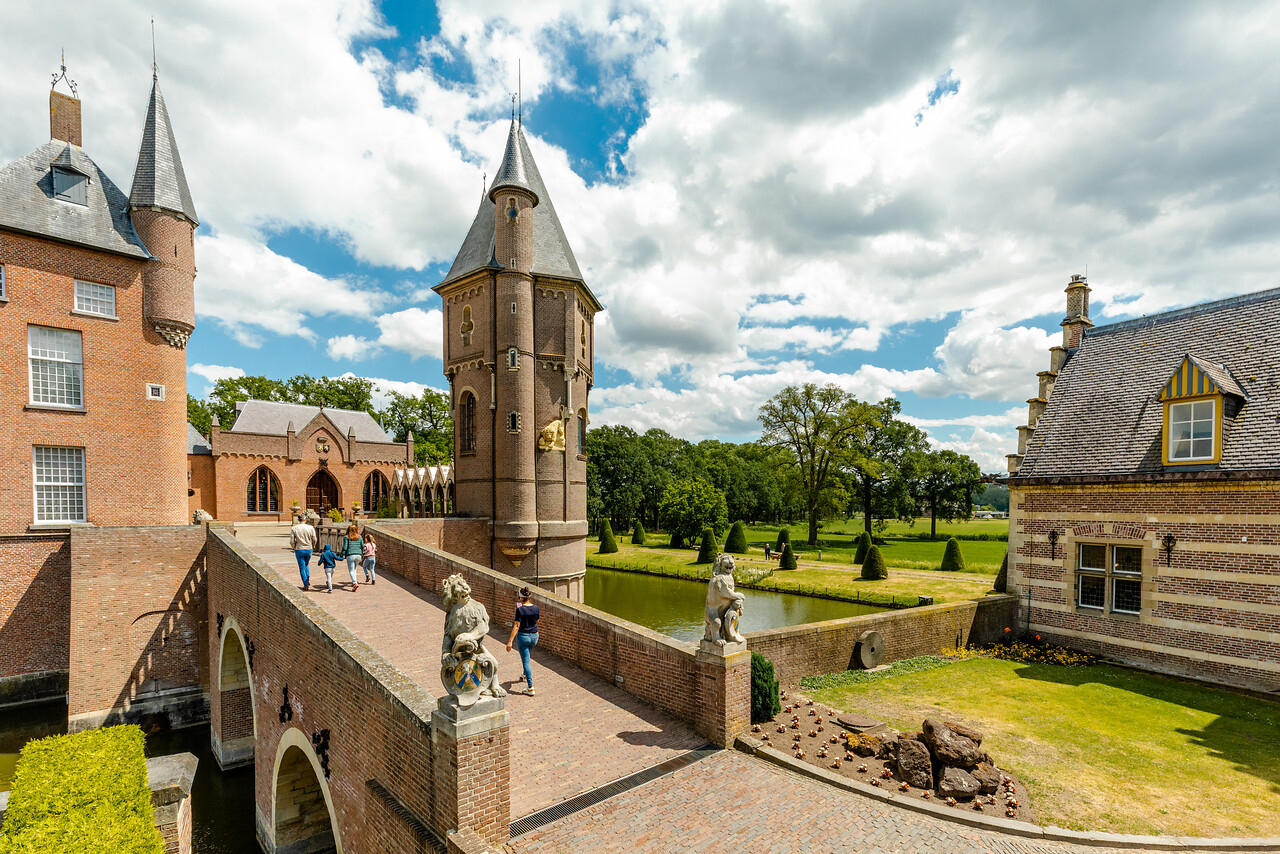 |
| Photo: Visit Brabant |
The Dutch province of North Brabant contains Heeswijk Castle, also referred to as Kasteel Heeswijk locally. It is located west of the village of Heeswijk-Dinther.
Sometime before 1100, the first castle was constructed on this location. The castle is first mentioned in 1156, when Count Almericus is the owner. It was probably a round, moated motte with a wooden and stone keep atop. Through marriage, the Van Benthum family acquires ownership of the castle in the thirteenth century. With the addition of a square gate tower and a round tower towards the end of the 13th century, the castle was likely expanded.
Andreas van den Bogaerde van Terbrugge, a Belgian baron, purchased Heeswijk Castle in 1834. The castle is rebuilt once more. He and his ancestors were avid art collectors who furnished the castle with a diverse array of artwork. Today, the castle serves as a museum in part. Alberic van den Bogaerde passes away in 1895 and leaves a peculiar testament; the castle must stay empty and undisturbed until 1963, when his youngest heir, a 12-year-old boy, is expected to turn 80. An extremely strange testament, made more so by the fact that men's life expectancy was only 45 years old at the time. Despite the Van den Bogaerde family's legal protests and successful sale of a sizable portion of the museum collection, the castle remained empty.
The castle sustained only minor damage during World War II. The 101st Airborne Division's paratroopers landed around the castle in September 1944 as part of Operation Market Garden.
The bailey's buildings are occupied by Alberic van den Bogaerde's descendants in 1964, who also renovate the castle to give it its current look. The Heeswijk Castle Foundation is now the owner of the castle as these descendants have all passed away. Currently, the castle hosts a variety of cultural events.
4. Duivenvoorde Castle
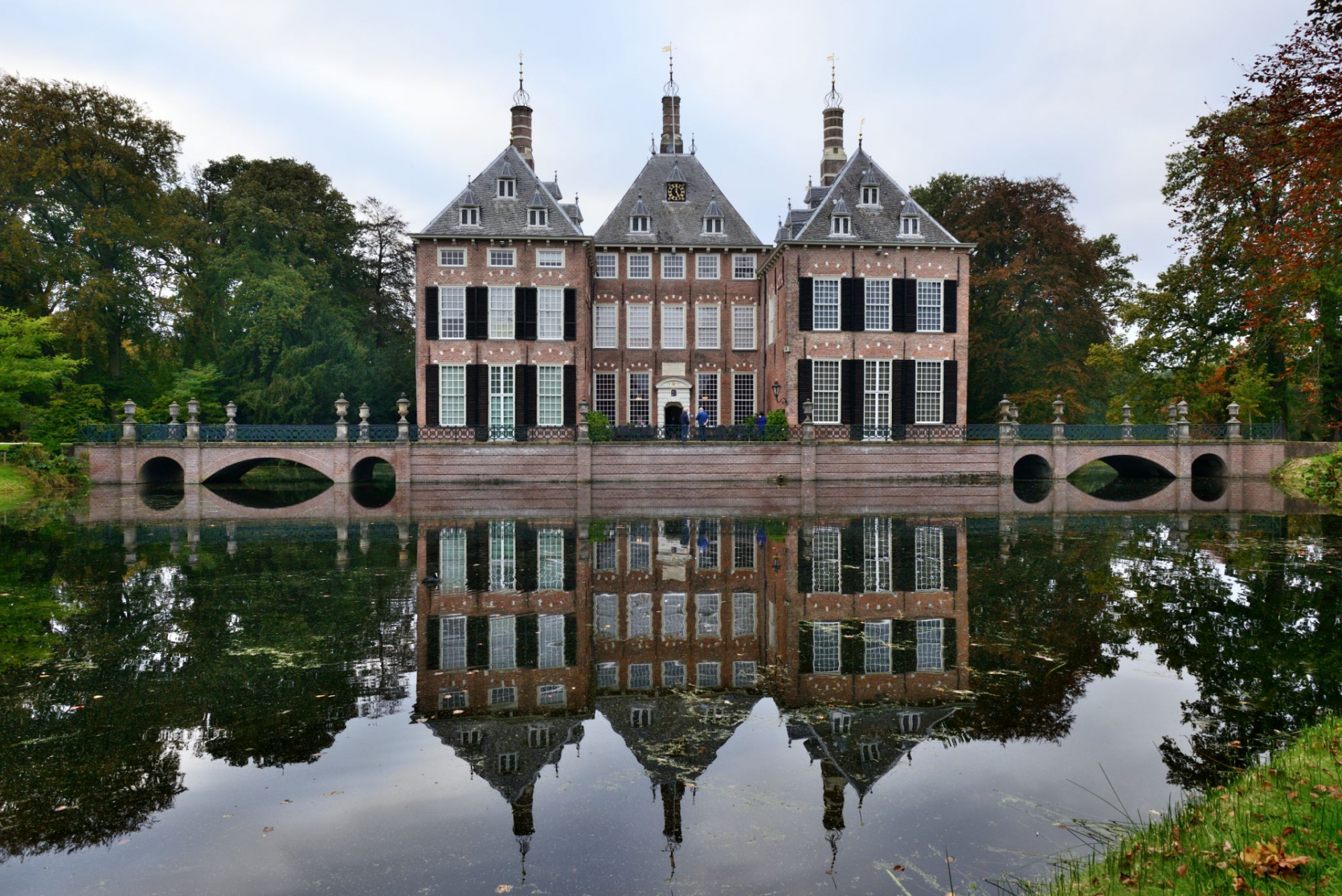 |
| Photo: Locationscout |
In the middle of the bustling Randstad, Duivenvoorde Castle is situated in serene, rural surroundings. The castle is surrounded by a stunning English-style country park. Although the castle was built in the Middle Ages, it now has more of a seventeenth- and eighteenth-century aesthetic. Zuid-Holland's Duivenvoorde Castle is one of the older ones, having been built in the early 13th century. April through October is when guided tours are offered. On request, group tours in English, German, and French can be accompanied.
One of the castle's most notable features is that it was never sold; very few Dutch castles can say that. Instead, it was inherited by multiple noble houses, sometimes even down the matrilineal line. Up until 1960, when the estate was given to the Duivenvoorde Foundation, Duivenvoorde Castle was owned by the Van Duvenvoirde family through succession. It has been accessible to the public as a museum ever since. The majestic rooms of the castle, furnished as if they were still in use, are explored on a guided tour. The estate also features a superb collection of silver, Delftware, Chinese and European porcelain, and family portraits from the 17th and 18th centuries.
3. Doorwerth Castle
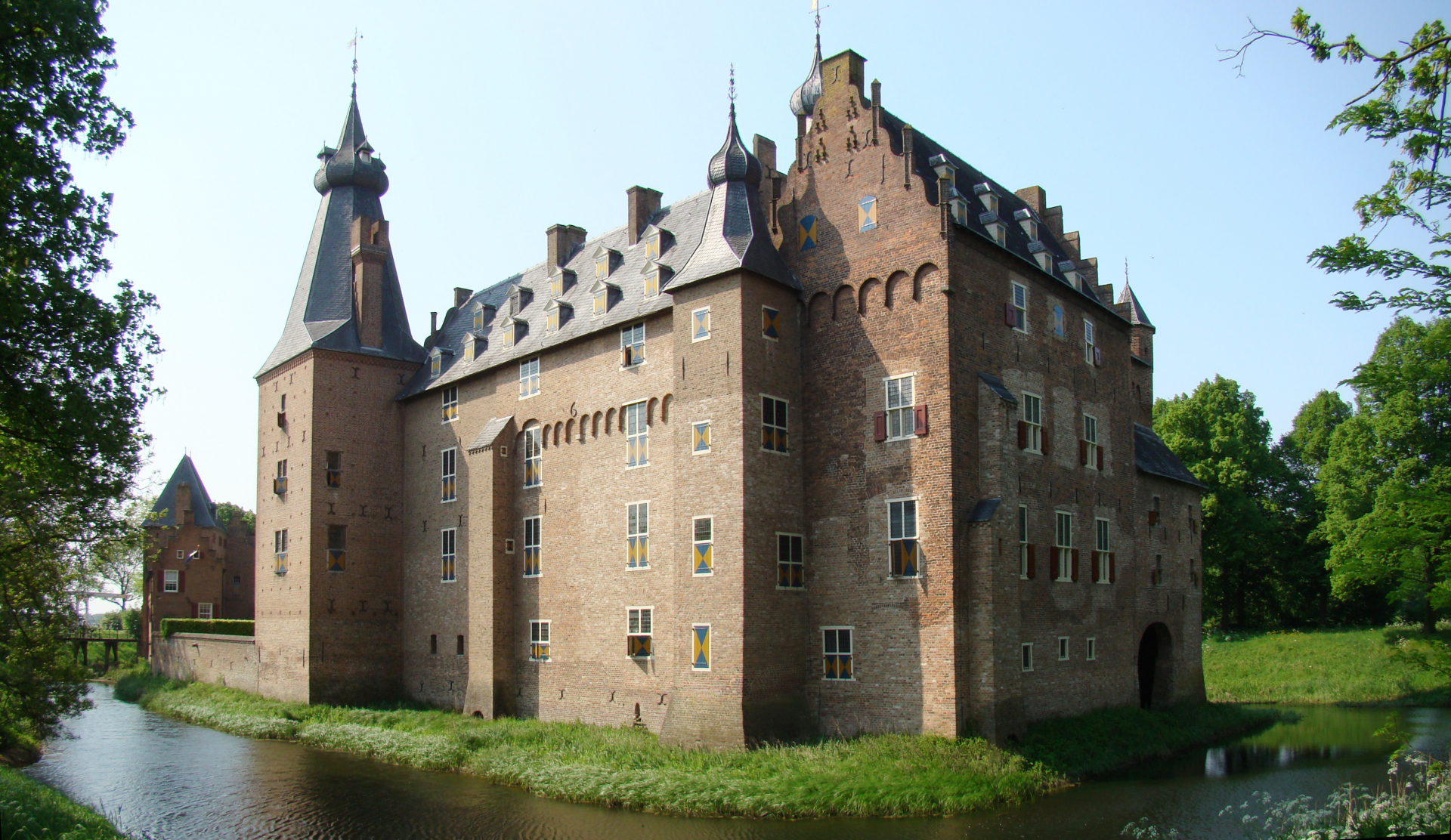 |
| Photo: Wikipedia |
Situated close to the Dutch city of Arnhem on the Rhine River, Doorwerth Castle is a medieval fortress.
The original castle, which was most likely made of wood, is first mentioned in 1260 after it was attacked and burned down. Stone was then used to rebuild the castle. This second castle was besieged once more in 1280, and the bailey was destroyed by fire. This castle most likely had a two-story hall-keep with walls that were 1.20 meters thick, surrounded by a moat that was supplied by the Rhine River.
The castle underwent continuous expansions in the 14th century. The Van Dorenweerd family was the original owner of Doorwerth Castle. Reinald IV, Count of Gelre, received a dedication of the castle from Robert van Dorenweerd in 1402. Robert received the castle and its lands in fief in exchange. The 10th Lord of Dorenweerd, knight Reinald van Homoet, who also owned Doornenburg Castle, expanded the castle once more in the middle of the 15th century.
Just after the middle of the 16th century, Doorwerth Castle attained its greatest size under Daem Schellart van Obbendorf, the 15th Lord of Dorenweerd. He united the castle and the complex of buildings on the bailey and made adjustments to give them greater room and comfort. Doorwerth Castle had nearly taken on its current appearance by 1560. The current layout of the bailey was constructed circa 1637, and a dike was constructed around the castle to keep the Rhine from flooding it.
Due to financial difficulties, the castle was soon placed under new ownership and given in fief to Anton I van Aldenburg, a German count. While they did not change the castle or bailey, his successors did add more land. The castle was maintained by a steward for its owners, who had moved to England, at the end of the 18th century, after they had stopped living there.
2. Doornenburg Castle
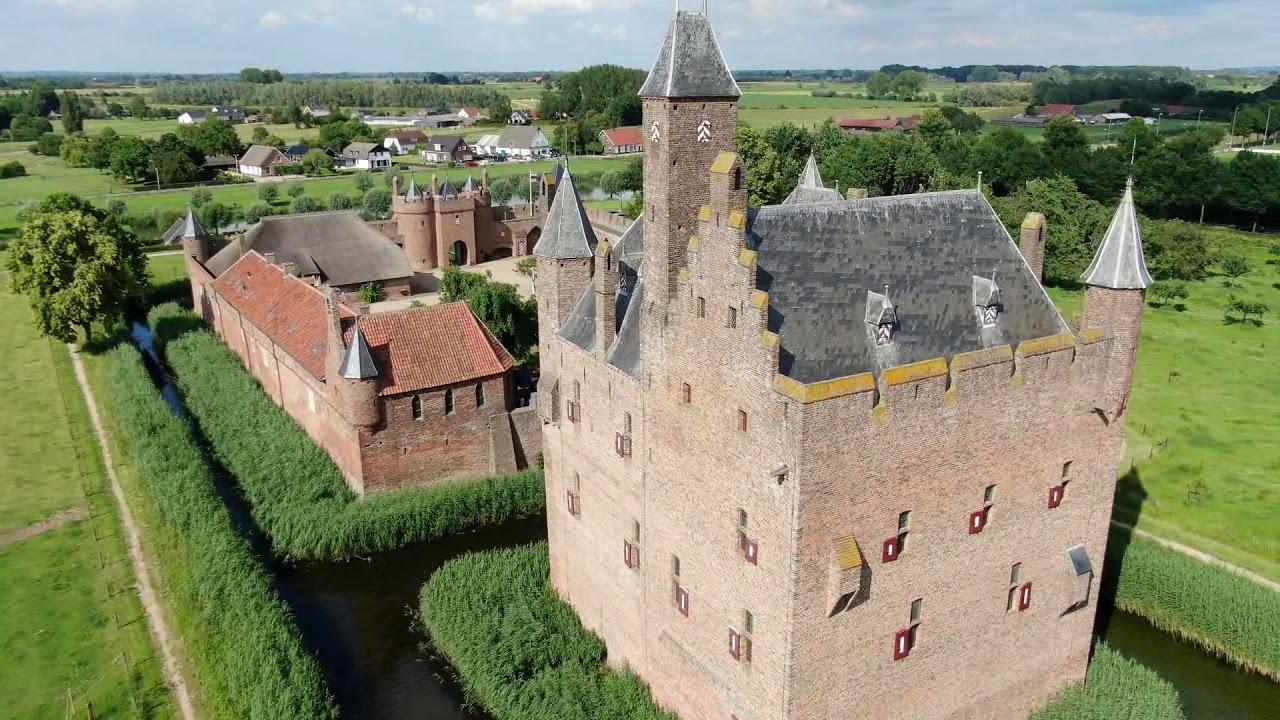 |
| Photo: Wes Barris |
Doornenburg Castle is one of the biggest and best-preserved castles in the Netherlands. It consists of the main castle and a front castle which are connected via a small wooden bridge.
The castle was originally a fortified manor built in the 9th century. It wasn't until the 13th century that it was converted into a proper castle. Gradually, through the centuries, the castle was expanded further into its current form.
The castle was occupied until the 19th century. After that it fell into disrepair and by the end of the Second World War it was almost completely destroyed. Fortunately it was completely rebuilt between 1947 and 1968.
1. De Haar Castle
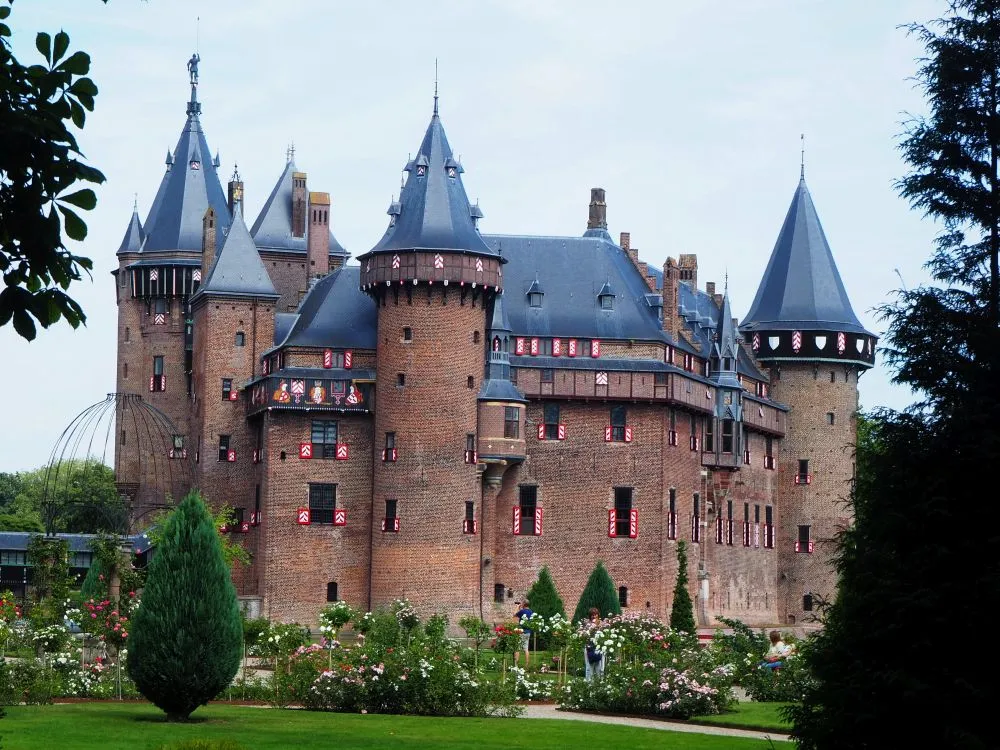 |
| Photo: Rachel's Ruminations |
The biggest castle in Holland, De Haar Castle, is situated 30 minutes from Amsterdam and just outside of Utrecht. De Haar features all the typical features of a castle, including gates, moats, turrets, towers, and suspension bridges. Several works of art are also housed in the castle. Adjacent to the castle lie lovely parks and gardens as well as a charming chapel. De Haar Castle is without a doubt among Europe's most opulent castles.
Despite having a medieval appearance, Castle De Haar was constructed in the early 20th century. On the remains of the old, abandoned castle that once stood there, the renowned Dutch architect Pierre Cuypers constructed it between 1892 and 1912 at the request of Baron Etienne van Zuylen van Nijevelt. The Van Zuylen van Nijevelt family began to host the international jet set there in the 1960s, including Maria Callas, Roger Moore, Brigitte Bardot, and Coco Chanel. A trip to Castle De Haar is reminiscent of a trip back to the heyday of the 20th century.
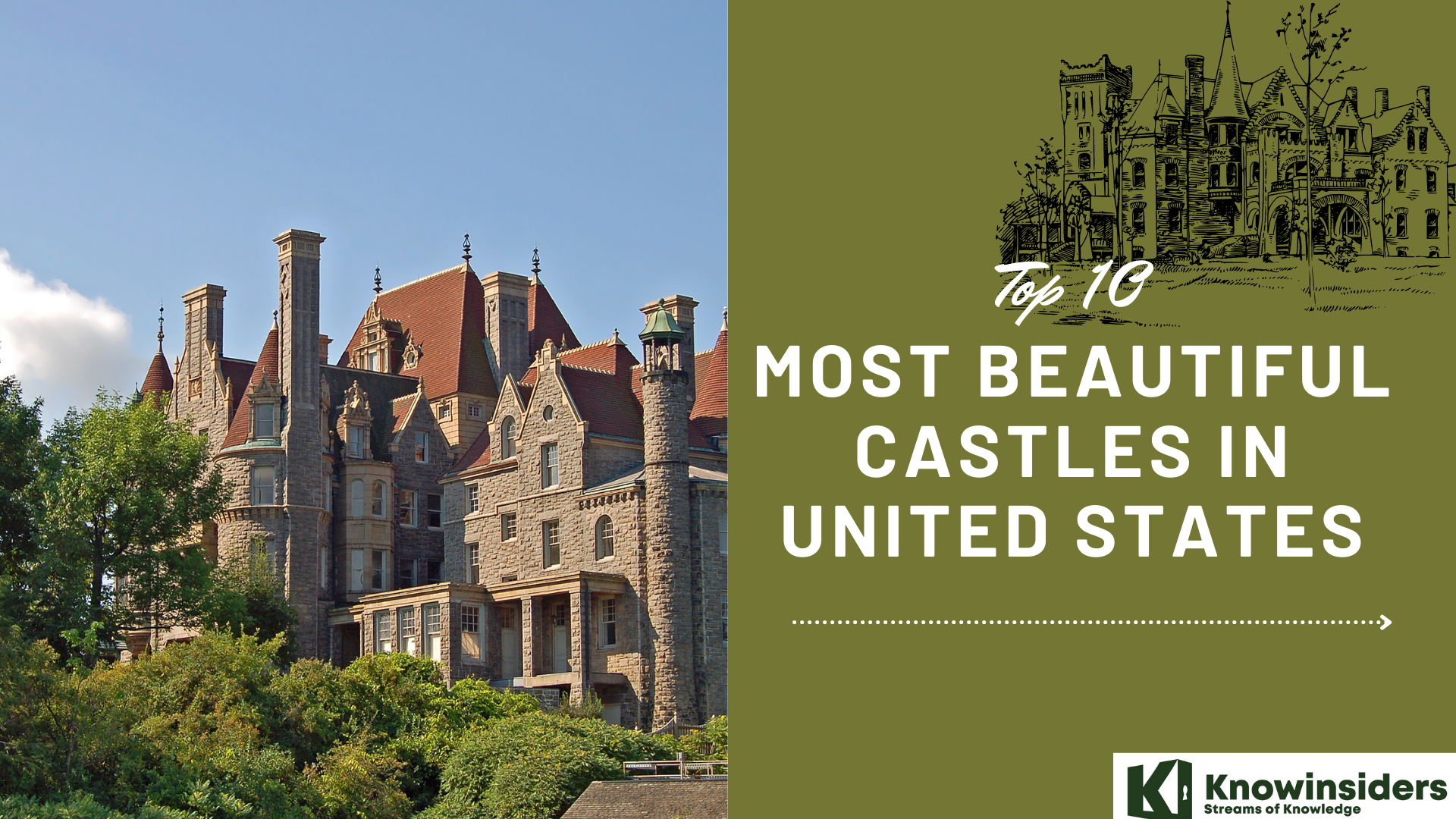 Top 10 Most Beautiful Castles in the United States Top 10 Most Beautiful Castles in the United States United States is not famous for fabulous castles like England, but they do have some of the most stunning and most beautiful castles and mansions ... |
 Top 10 Largest Hotels in the UK Today Top 10 Largest Hotels in the UK Today The UK has hotels in every shape and size. Here are 10 hotels with the most room capacity there! |
 Top 10 Largest Hotels in the US Today Top 10 Largest Hotels in the US Today A good hotel makes your vacation great. Let check out the top 10 largest hotels in the US below! |
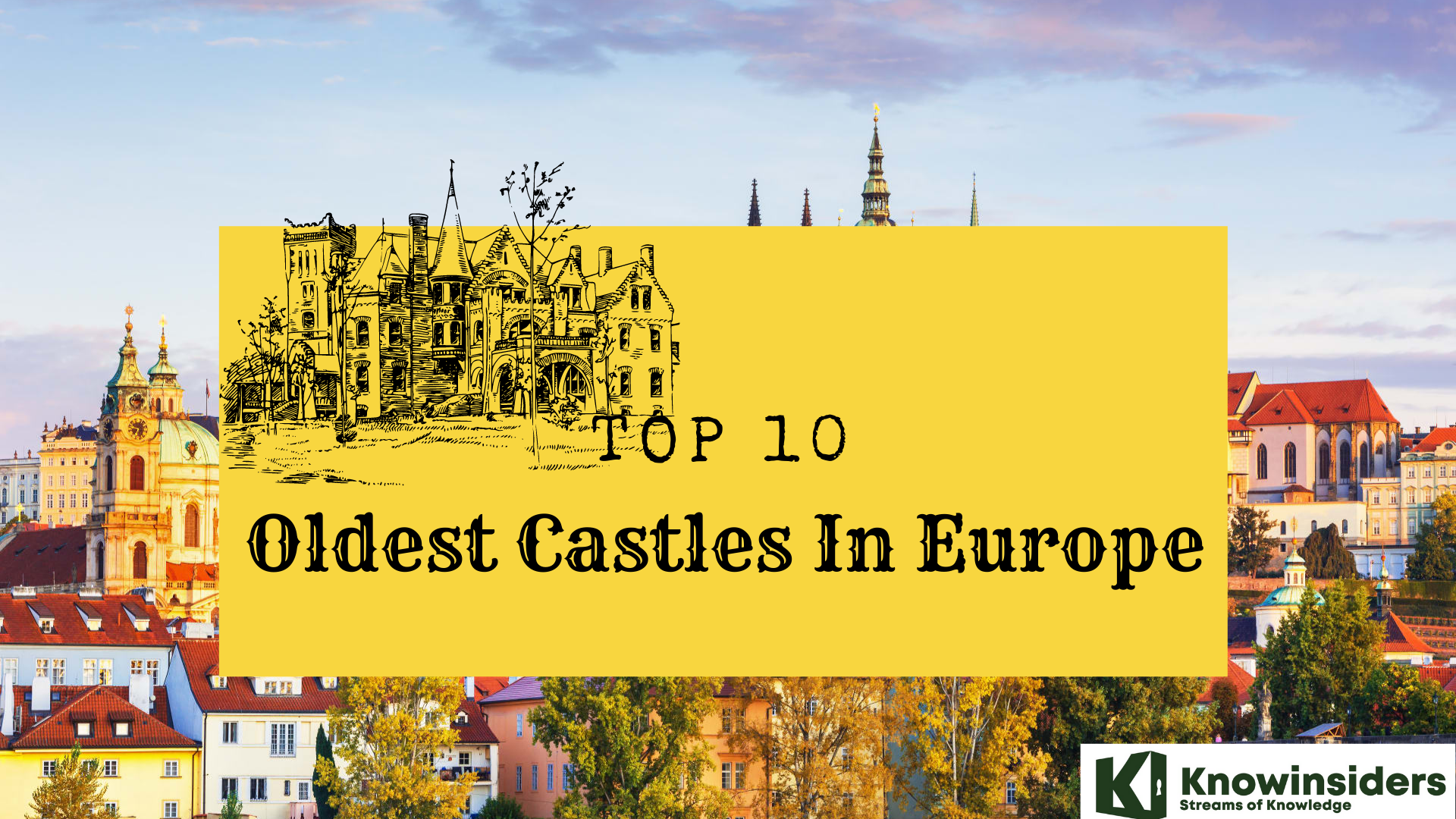 Top 10 Oldest Castles in Europe - The First Castles Top 10 Oldest Castles in Europe - The First Castles Keep reading the article below to know more about these 10 oldest - the first castles in Europe that are still opened for tourisms. |

